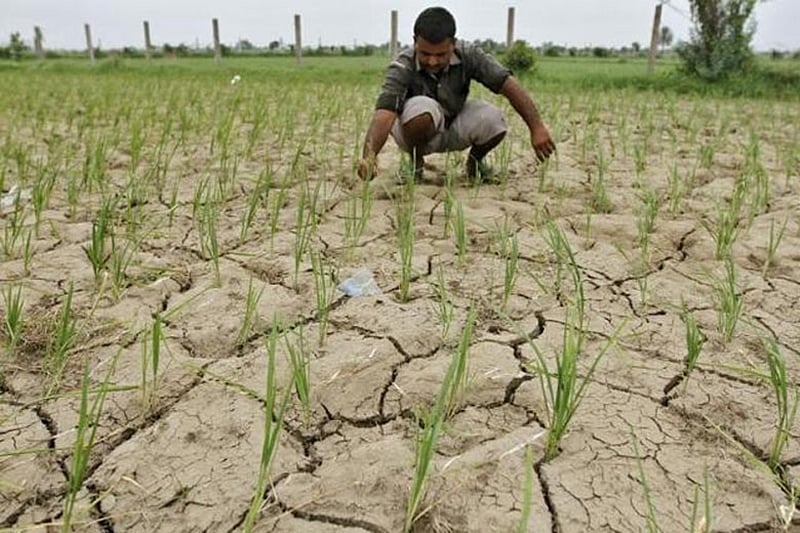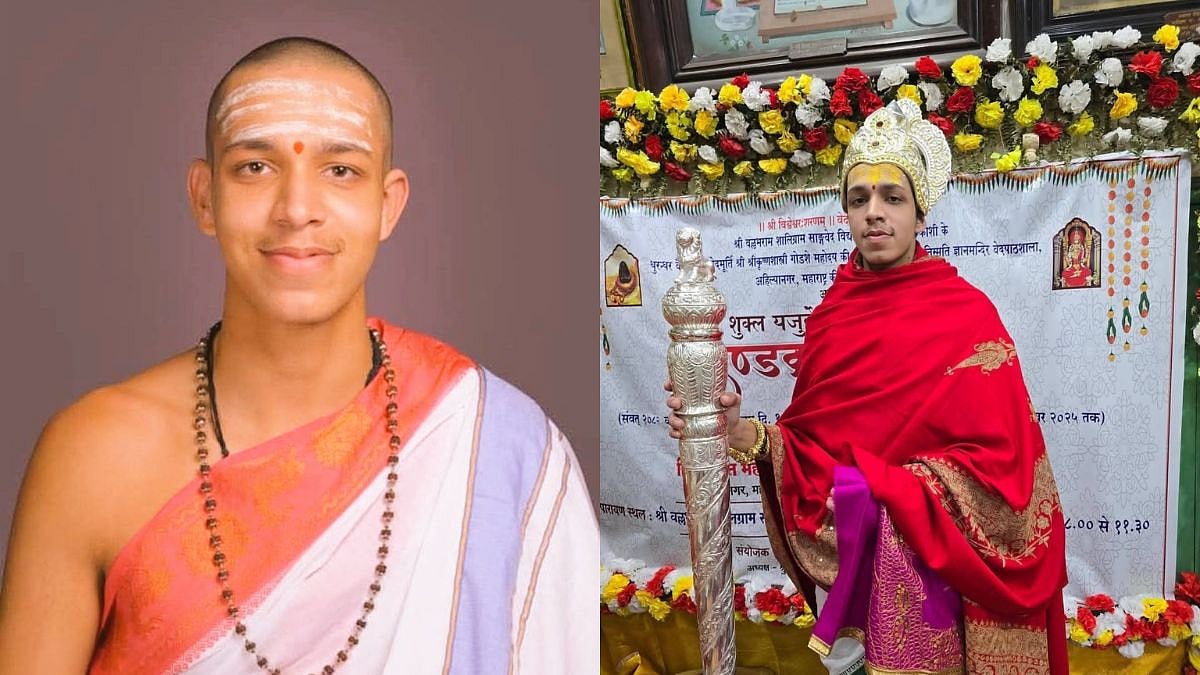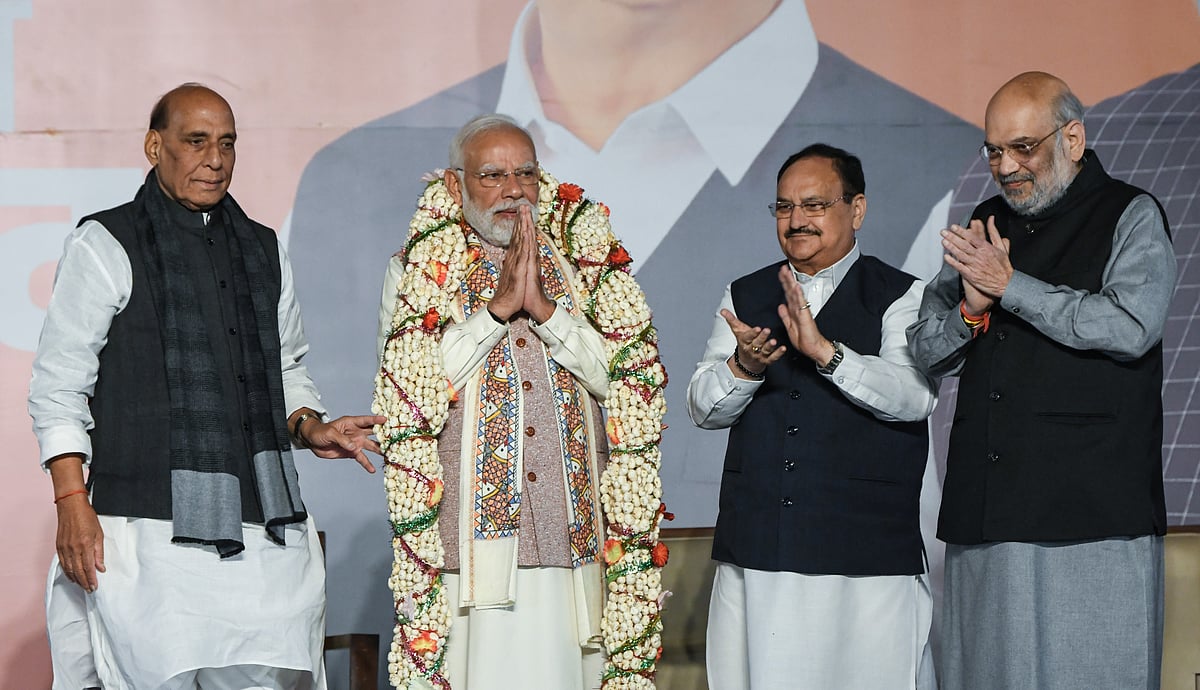The definition of ‘public purpose’ was whatever the government of the day wanted it to be – from building factories to pleasure palaces for millionaires to large dams. Typically, farmers received a pittance for their land, as bureaucrats undervalued it hugely.
The Supreme Court’s historic verdict, indicting former Haryana chief minister Bhupinder Singh Hooda for ‘defrauding’ farmers of their land, highlights the rampant abuse of the ‘right of eminent domain’ by state and central governments. It is a blow for the Congress, as former party president Sonia Gandhi had publicly lauded the Hooda government’s ‘model’ land acquisition policy and urged other states to follow it.
The Hooda case dates back to 2004 and points to a politician-bureaurcrat-developer nexus. Together, they conspired to dispossess farmers. The state issued a notification of acquisition for a ‘public purpose’, in this case an industrial township. As the farmers panicked, the developers were waiting in the wings. They swooped in and bought farmland by offering slightly better rates than the government. Predictably, after all the land had been purchased, the notice of acquisition was withdrawn and the new landowners – the developers – then made a huge profit by selling it to real estate giant DLF.
In terms of profiteering, the parallels with the Robert Vadra -– DLF deal are striking. His company, too, made a huge profit by purchasing land (through a loan from the realty major) and then, soon after, selling it to DLF. Land has always been and continues to be a vexed issue. Frauds like the ones cited above were possible because of a colonial law — the Land Acquisition Act of 1894 — which allowed the government to dispossess landowners for a ‘public purpose’. Through successive amendments, the right to property was diluted and the law became increasingly draconian.
The definition of ‘public purpose’ was whatever the government of the day wanted it to be – from building factories to pleasure palaces for millionaires to large dams. Typically, farmers received a pittance for their land, as bureaucrats undervalued it hugely. To cite one example, the 1,337 acres of land acquired from the south Delhi village of Masoodpur for a “public purpose” in the 1960s were given away to developers for shopping malls, offices and hotels.
Thus, governments practiced a form of ‘legal plunder’, ie, dispossessing landowners and handing over their property to private profiteers. The farmer had no recourse if the state issued the dreaded ‘section 4’ notification under the Act. This continued until the Right to Fair Compensation and Transparency in Land Acquisition, Resettlement and Rehabilitation Act of 2013 was passed, extending some measure of protection to landowners, in terms of compensation offered. More importantly, it ensured that the land could not be passed on to a private party. As a result, the government no longer had an incentive to play the role of a property broker.
The 2013 law recently became a source of friction between two three-judge benches of the Supreme Court. So sharp was the conflict that it has now been referred to a five-judge bench headed by the Chief Justice of India. The difference of opinion involves the basic spirit of the Act, which sought to address historical injustices against landowners, by introducing a retrospective clause (section 24). In essence, it says that if any provision of the 1984 Act was violated in the process of acquiring the land, then the acquisition is null and void and the land reverts to the original owners.
In 2014, a three-judge bench held that if the concerned government had erred while acquiring land under the old Act – say, by not giving compensation — that acquisition would no longer be valid. In 2018, another three-judge bench held the 2014 ruling ‘per incuriam’. Effectively, this meant that even if government representatives had not gone by the letter of the law while acquiring land under the old Act, the acquisition could not be rolled back under the new one.
The judiciary’s stand on the individual’s right to property has not been consistent. But farmers have frequently opposed mandatory acquisitions. The Narmada Bachao Andolan was the most high-profile of the movements to save farmland. The anti-POSCO movement in Odisha and the anti-Polavaram agitation in Andhra Pradesh followed.
Historically, millions of people have been displaced as a result of this policy. A Planning Commission expert group in 2008 quoted studies saying 60 million had been displaced and 25 million hectares acquired until 2004. Forest dwellers have been the worst sufferers. It must be pointed out that no other democracy in the world takes the right to property so lightly.
Even the 2013 Act asserts the government’s right of eminent domain, by allowing it to acquire land for public works, like irrigation or road infrastructure, tourism, hospitals, schools, etc. However, it imposes safeguards, like a social impact assessment study before the process of acquisition can begin. Nor can land acquired for a stated purpose be used for any other purpose in future. It also bans acquisition of multi-cropped land and mandates compensation for all those whose livelihoods depend on the land, not merely the landowners. Hopefully, land scams like the one in Haryana are a thing of the past.
The writer is a senior journalist with 35 years of experience in working with major newspapers and magazines. She is now an independent writer and author.









